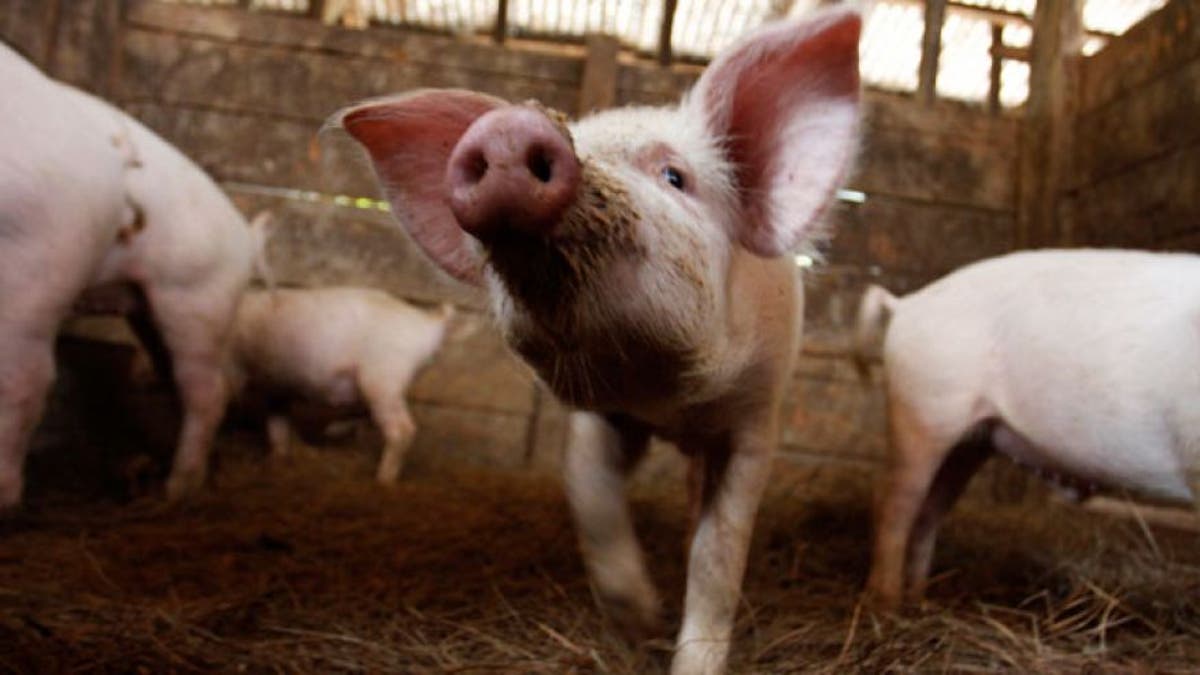
U.S. researchers have used a new gene editing technique to trim away potentially harmful virus genes that have impeded the use of pig organs for transplants in humans.
The study, published in the journal Science, expands on capabilities of the genome editing tool known as CRISPR–Cas9, which works as a type of molecular scissors that can selectively trim away unwanted parts of the genome.
Previous efforts with the technology have only managed to cut away six areas of the genome at one go. In the latest study led by Dr. George Church, a geneticist from Harvard Medical School, researchers simultaneously snipped away genetic material in 62 specific locations in the pig genome.
While Church's team has shown that it is feasible to drastically edit the genome of pigs to remove native pig viruses from pig cells, it has not shown that such organs would be safe to use in people.
Still, Church said in a statement he believes the technology will one day make it possible for pig organs to be used as a substitute for human organs for patients in need of a transplant and for whom there are no suitable donor organs.
Church first revealed his team's feat at an Oct. 5 workshop at the National Academy of Sciences, which is studying the potential risks and ethical concerns of human genome editing.
The technology has ignited an ethical debate after biologists in China reported carrying out the first experiment to alter the DNA of human embryos. British scientists have subsequently asked for permission to edit human embryos.
In the pig experiment, one concern is the potential for genomic rearrangements, in which the editing technique inadvertently makes unwanted changes to the genome. In the Harvard trial, this did not appear to happen.
Church has co-founded a biotechnology company called eGenesis to produce pigs for organ transplants.
Pig-to-human transplants are not novel. Currently, pig heart valves that have been scrubbed and depleted of pig cells are commonly used to repair faulty human heart valves. But whole pig organs, which are functionally similar to human organs, cannot be used because of the potential for transmission of latent retroviruses, which are harmless in pigs, but could cause illness in people.